Hazardous Trade Route
After the Portuguese came to the Cape, the ships of many nations plied the rich but hazardous trade route to the East. And then the Dutch East India Company, the world's first trading mega corporation, had a bright idea: establish a refuelling station at the Cape to replenish their ships, make loads of money from others, and generally control the valuable shipping lane.
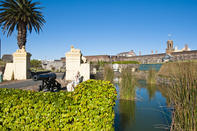
To head the task force they chose a ship's surgeon, Jan Van Riebeeck, and gave him three vessels, material, and 82 men and 8 women, including his wife Maria, to plant a garden. Van Riebeeck did, plant vegetables, grains, fruit trees and even vines, which apparently produced wine only sailors would drink. The tiny settlement grew and spread out from the beach on Table Bay. You can see Van Riebeeck's legacy in Cape Town's Company's Garden and at the Castle of Good Hope.
By David Bristow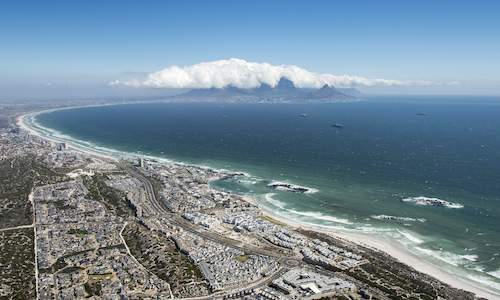 At first, there was very little European interest in the Cape of Storms. The waters around the headland were turbulent and so were the nativ...
At first, there was very little European interest in the Cape of Storms. The waters around the headland were turbulent and so were the nativ...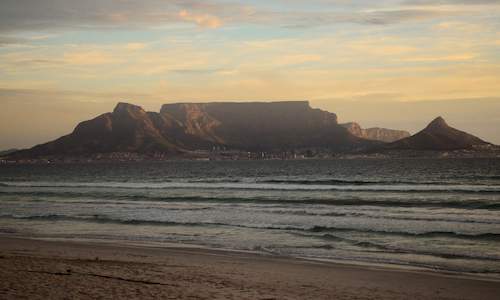 So, in 1652 - one hundred and fifty years after Bartolomeu Dias rounded the Cape - a former ship’s surgeon sailed into Table Bay. His name...
So, in 1652 - one hundred and fifty years after Bartolomeu Dias rounded the Cape - a former ship’s surgeon sailed into Table Bay. His name...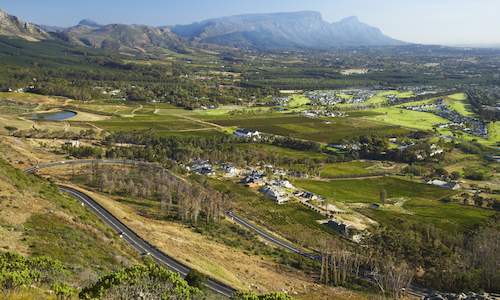 As time went by in die 1600’s, illegal trade with the Khoikhoi became a popular way of making a few extra guilders for the Free Burghers, ...
As time went by in die 1600’s, illegal trade with the Khoikhoi became a popular way of making a few extra guilders for the Free Burghers, ...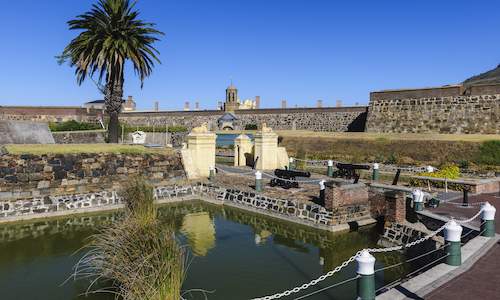 When the Dutchman Jan van Riebeeck landed in the Cape in 1652, he set out to build a fortress to govern from. During the early years of the ...
When the Dutchman Jan van Riebeeck landed in the Cape in 1652, he set out to build a fortress to govern from. During the early years of the ...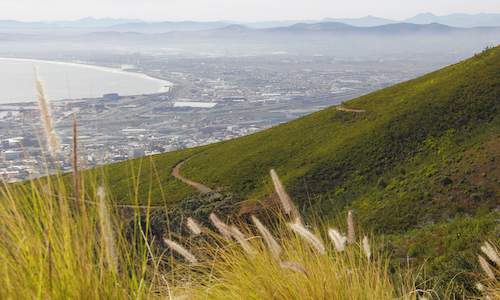 The first title deeds were granted around a clump of thorn trees called ‘Het Ronde doornbosjen’ – now simply called Rondebosch – but...
The first title deeds were granted around a clump of thorn trees called ‘Het Ronde doornbosjen’ – now simply called Rondebosch – but...